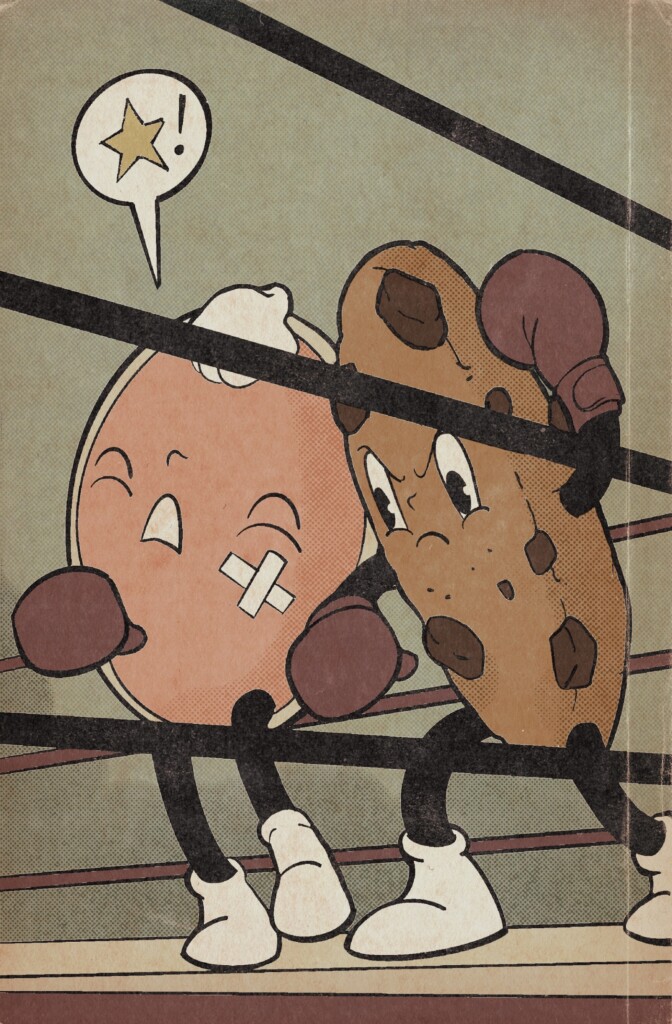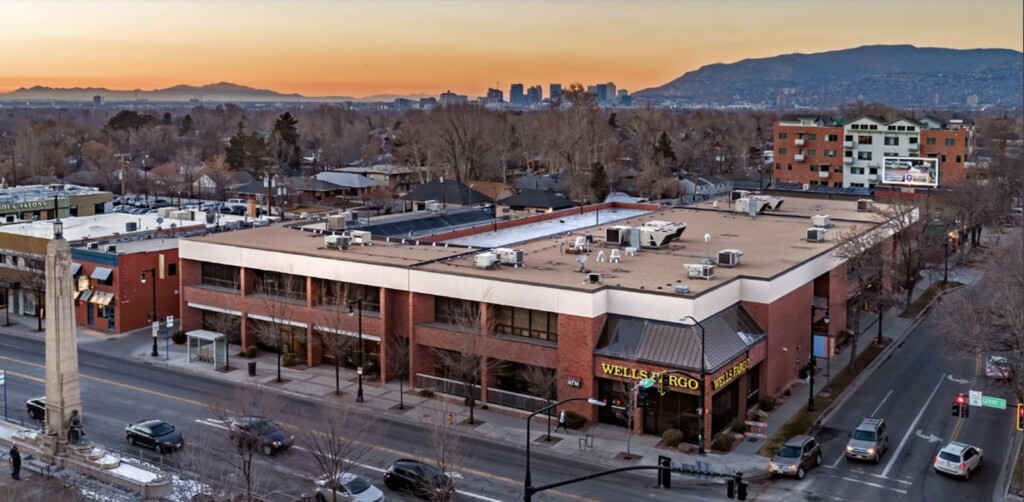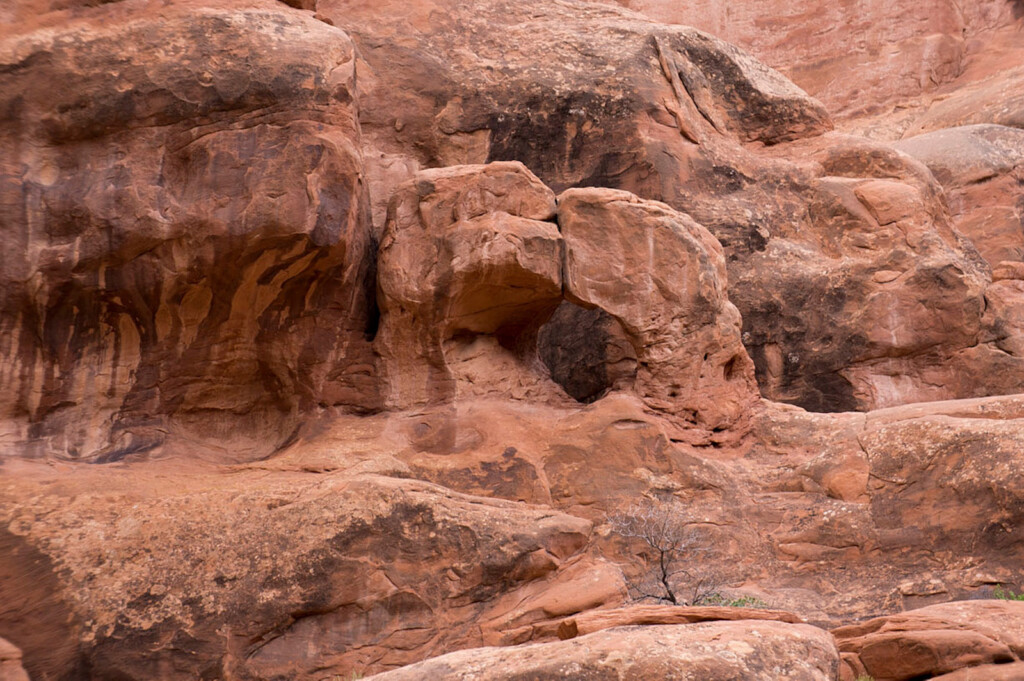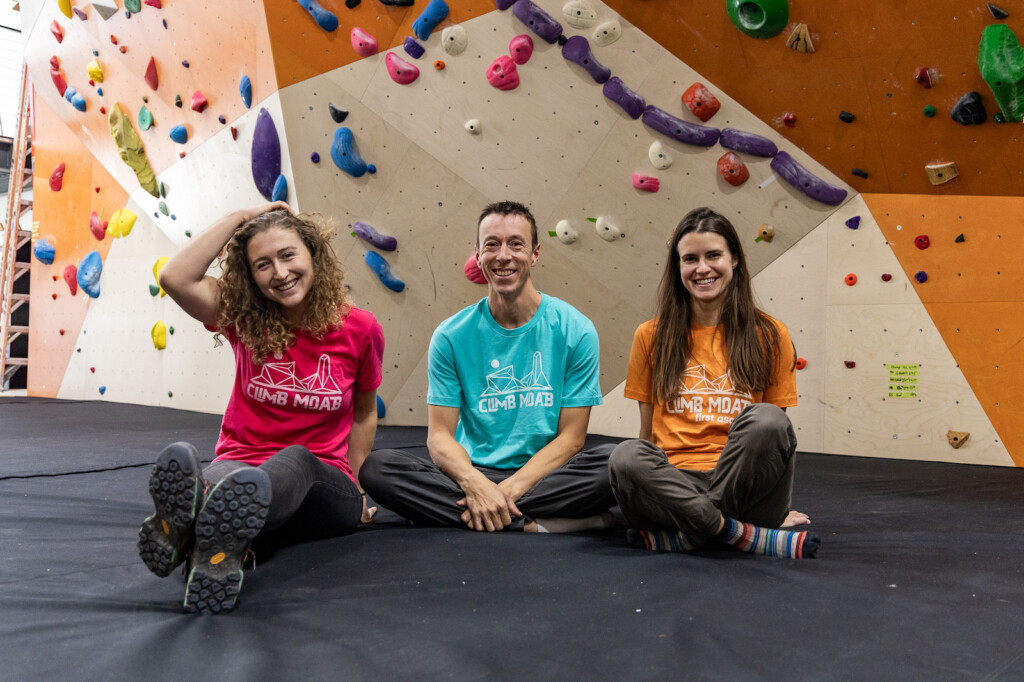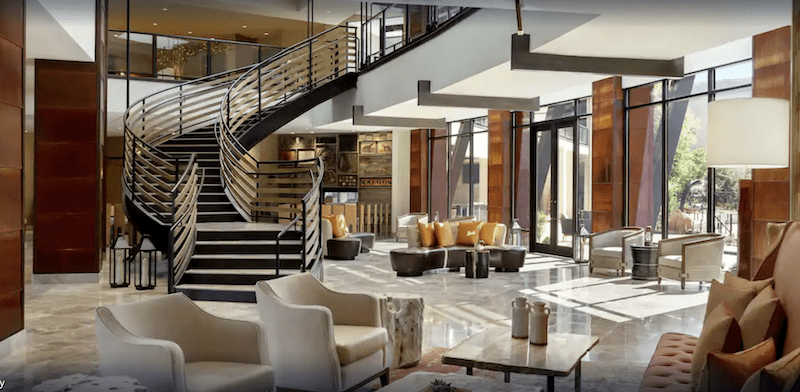
The obvious gentrification of Moab is reflected in the chic new HooDoo Hotel, featuring tall ceilings and wood and marble sculptures, along with the closure of the Rio Bar featuring a giant lizard.
We visit the Josie Wyatt Bar and Grille and sit down for cocktails. The bartop marble is rusty, coarse, shiny and textured. The bar faces a manicured courtyard and fountain area. The glassware is big, with square ice in my Old Fashioned. The decor looks like something out of the TV series, Yellowstone — rustic yet modern.
The HooDoo is a hotel built by Hilton but designed by Atwater Inc. Studio out of California. It’s got four diamonds! Not sure what that exactly means, but when they use diamonds rather than stars to rate a property, that’s saying something!
Our bartender is Lauren from Austin, Texas who fell in love with Moab after a roadtrip with her boyfriend. She has been living in Moab for six years. When I ask her if it was difficult to find housing, she responds, “We were very lucky. We only had to live in our car for about a year before we found a place. I feel very lucky I was able to get housing so fast. Most of the employees working here still live out of their vehicles.”
“So you’re telling me that the majority of the employees working in this up-scale place live out of their cars?” I ask her.
“Yea, it’s kind of crazy, but that’s the reality. It’s next to impossible to find affordable housing in Moab. So the city has actually provided some nice amenities for the population of residents who are living in vehicles, such as showers and a kitchen area, etc.”
Lauren appears well-dressed, well-spoken, educated, and very fit. She is a personal trainer when she isn’t bartending. She loves the lifestyle of Moab and has no regrets about moving there. She says in Austin they also experienced crazy growth and gentrification, but the growth was able to be accommodated on the peripheral boundaries. “In Moab, there just isn’t enough room for growth,” she says. “There just isn’t enough space around because we are boxed in by canyons.”
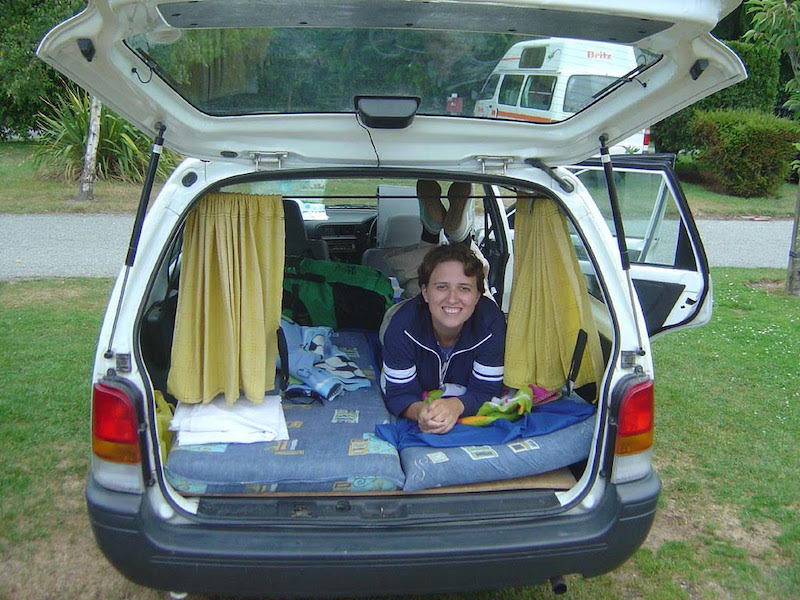
Moab city leaders realize that there is a serious problem. There are simply far too many people who want to visit, and now far too many hotels and restaurants that desperately need employees. Some of these hotels provide employee housing, but most cannot. There are also plenty of young people who love living just minutes from some of the best rock climbing and trail running in the world, and they are willing to tolerate not being able to afford to live in actual homes.
But this isn’t just a problem for Moab’s new transplants. It turns out that long-time locals are feeling the squeeze as well. I find Mark, who is setting up our breakfast in the Wingate Hotel. Mark used to operate the Denny’s in the early nineties, but now they can’t hire enough employees to maintain their former hours. Mark lives in employee housing. He says it’s only $5 per day to stay there, but he lives in one house with seven other people. They share one bathroom. “It’s not ideal. I was living out past La Sal with a friend, but this way I don’t have to commute so far, and it’s cheap.” Mark says he would like to be able to afford housing one day, but he doesn’t see any hope in the short term.
Another area local I spoke to commutes an hour each way to work from Monticello. She says it’s a lot of driving, but she enjoys her job in town at the Find, where she sells jewelry and souvenirs to people from all over the world.
Moab’s newly appointed Economic Development Director, August Granath, has replaced the former leader of Moab’s Travel and Tourism Department, Elaine Gizler, who resigned at the end of 2021. Moab is no longer focusing so much on getting more travelers into town, but has put far more emphasis into affordable housing.
“We have rebranded as the economic development department,” Gizler says. “Under the umbrella of economic development, we have $1 million per year appropriated towards economic development diversification strategy. We are similar to the state economic development department, in that we are working toward making Moab’s economy more diverse, less dependent upon tourism.”
Granath says there are many plans in the works to develop Moab’s affordable housing for local residents rather than maintain the status quo, which has been the wealthy who are snatching up real estate for second homes or AirB&Bs, and land banking that Moab’s real estate will continue its strong upward trajectory.
The most significant development on the affordable housing front, says Granath, is Walnut Lane, a former trailer park the city bought to convert and develop as affordable housing. There are many more non-profits and programs in the works that impose ideas such as deed restrictions, local ownership mandates, livability requirements, and green-building codes.
Utah Stories will be offering more coverage next month about these programs in greater detail. We will also be presenting more voices of the locals on this important issue.
If you have additional insight into this topic, please email Richard at Richard@utahstories.com.
RELATED CONTENT
The Reality of Van Life in Moab, Utah
Living Without Cars in Moab, Utah
Moab Utah: The Man Who Quit Money
Gentrification of Moab — Will Growing Pains Make or Break Moab?
Blood, Sweat and Equity — Affordable Housing in Moab
Subscribe to Utah Stories weekly newsletter and get our stories directly to your inbox


